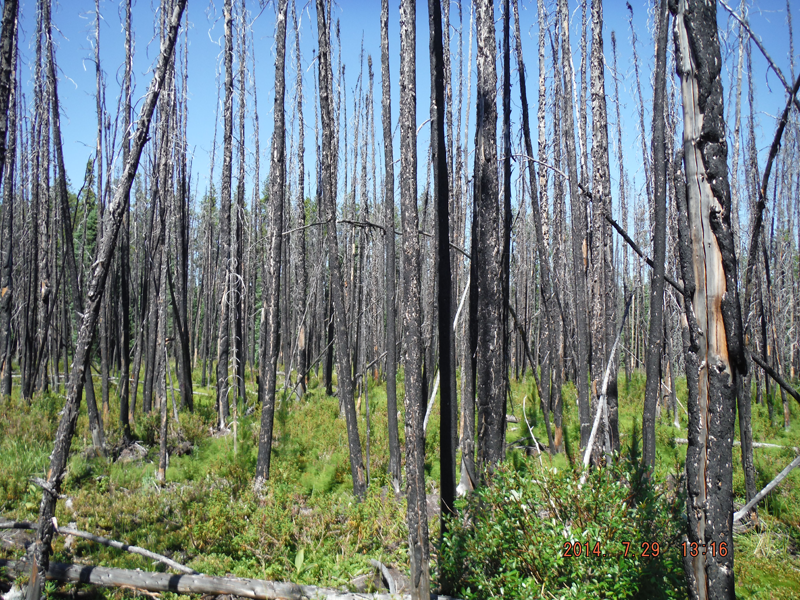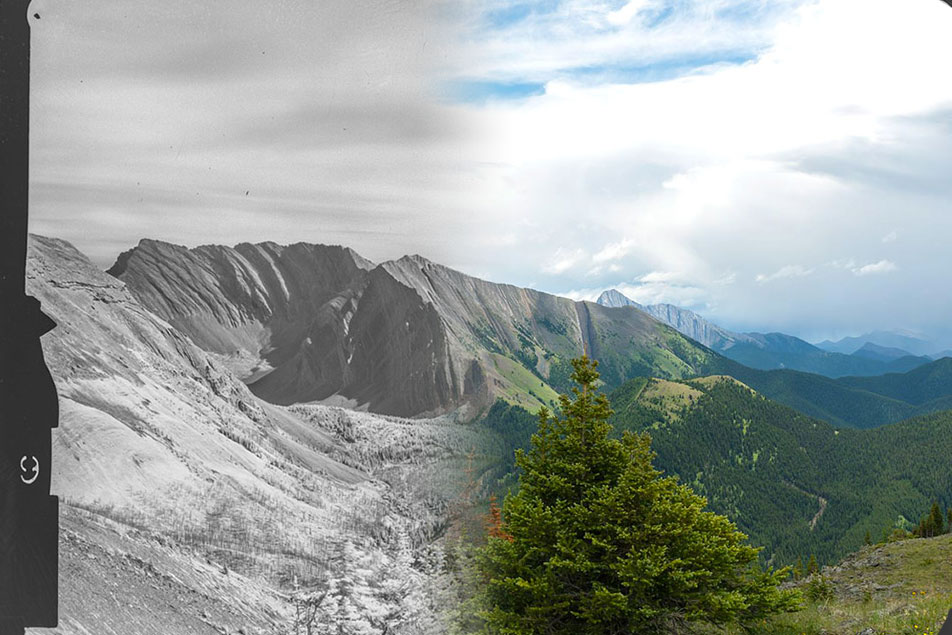The long-standing assumption that boreal and mountain forests are driven by stand-replacing fires in which mortality approaches 100% resulting in patches of even-aged forests across the landscape has been questioned by recent research. Partial mortality creates multiple cohorts of trees with high structural and compositional complexity that may be critical for habitat, successional recovery trajectories, “old growth” definitions, carbon sequestration, and landscape-scale biodiversity.
Unfortunately, many of the available landscape dynamics models that simulate and project changes in landscape conditions do not represent partial mortality, assuming stand-replacing fire events instead. Others that represent partial mortality are either mostly focused on simulating detailed fire behaviour, ignoring post-fire vegetation dynamics and feedbacks, or have a number of simplifying assumptions, or have a limited data-parametrization-simulation integration which prevents transferability.
Given the potentially critical role of partial mortality, this is a critical gap.
The modelling component of the Landscapes in MotionProject, was then to create a partial mortality module that could be integrated with an existing fire spread model and an existing landscape dynamic vegetation model, as well as on-the-fly data sourcing/treatment and parametrization, to explore the potential feedbacks between fire and vegetation within the SW Alberta Foothills.









